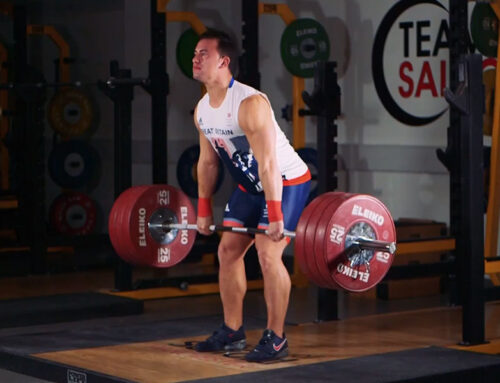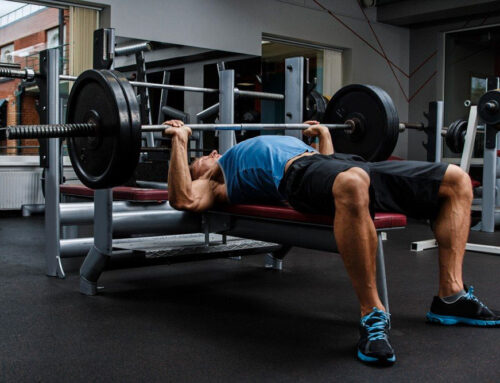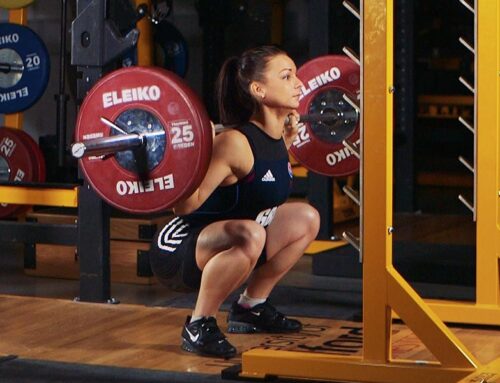The Relative Strength Bench (RSB)
The Relative Strength Bench Press is a measure of a load lifted relative to your bodyweight. This article will break down the step-by-step process required to perform a bench press with the ideal technique for optimal strength and safety.

Relative Strength Explained
We truly believe that measuring your strength by simply loading more weights onto a bar is not a true reflection of how strong you are. This is why we always utilise the ‘relative strength’ variation of all strength assessments because the only way to really assess your strength is by linking the load you can bench, against your bodyweight. So the way to work this out is simple, take a note of the maximum wight you can bench (in kg) and divide this by your bodyweight (in kg) and you’ll be given a ratio. This ratio is what you then need to concentrate on in order to improve your own strength, so you either need to bench a heavier load whilst remaining at the same weight, or lose weight and increase the load benched in order to increase your performance level.
Relative Strength Bench Press Guide

Foot Position
The set up for the bench press starts with the feet being placed flat to the floor when in a lying position. If the bench is too high then you may need to use a block, step or weight in order to create a stable base for the feet.

Back Position
With the back in a neutral position and the head in-line the shoulders will be slightly retracted and the eyes directly below the bar itself.

Grip Width
The best grip width used to increase strength is that of 1.5 times biacromial width (1.5 x the distance between the boney protrusions on top of the shoulders).

Width Test
In order to know if your grip width is correct if you lower the bar to the lower sternum and rest the bar in this position you should have created a 45 degree angle between the humerus and the torso. You will also need to have a vertical forearm when viewed both from the side and the front.

Enclosed Grip
Throughout the entire assessment you will be required to adopt a fully enclosed grip with the fingers and thumb on opposite sides of the bar.

The First Movement
From the set up position with the bar fully extended above the chest the first movement will be a slow controlled decent down to the lower sternum level. Here the bar must come to a definite pause.

The Pause
When reaching this point if a 45-degree angle is present as well as a vertical forearm then you can enter into the next phase of the lift, this will be to return the bar to a position above the chest with the elbows fully extended.

Lifting Phase
The lifting phase must be done in one smooth motion with continual movement applied to the bar in a vertical direction, returning to the initial start position.




